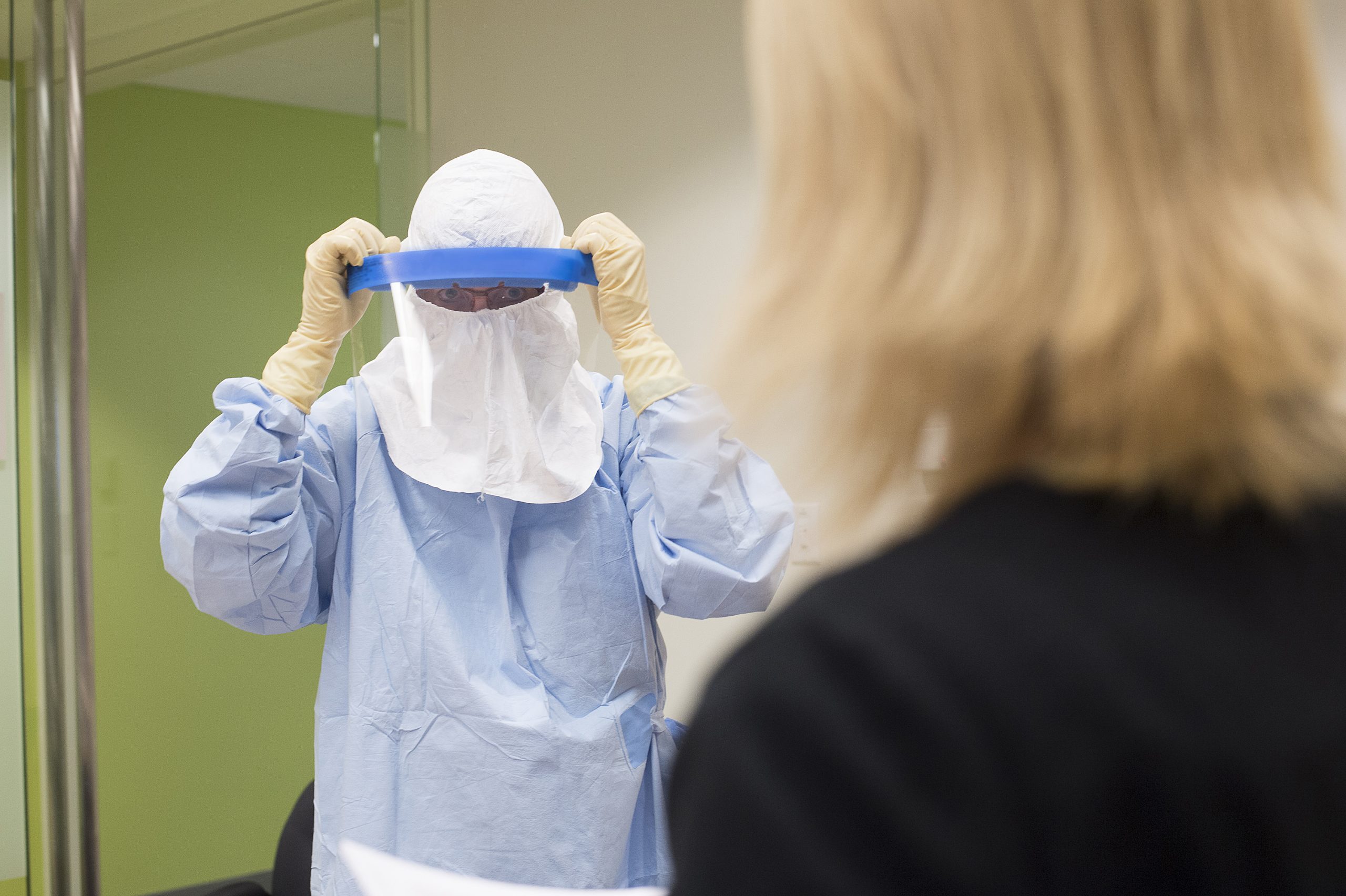The safety concerns that keep clinicians awake at night often aren't issues that you could fit onto a safety and quality dashboard. They aren't the kinds of things that feed metrics on the CMS Hospital Compare website or any of the other sources of publicly reported quality measures. They are intensely local, and no less important for being so.
This reminder came to me last week during a quarterly meeting of Comprehensive Unit-based Safety Program (CUSP) teams from across Johns Hopkins. This meeting is a chance for these teams to share successes, learn from one another and discuss common challenges. For instance, one team was concerned that improper handling of insulin pens might lead patients to be injected with a pen that had already been used on another patient. These pens must be kept in a patient-specific drawer in a medication room between administrations. Yet frequent interruptions and the distance to the medication room make it hard for nurses to follow this consistently. They might be tempted to place an insulin pen in a coat pocket and move on to another patient's room, where they could mistake one patient's pen for another. So the unit has formed an interdisciplinary group that will be pilot testing a solution — a clear lockbox in each patient's room that holds only these pens — in four units across the hospital.
This was but one example of how local units were identifying hazards, owning problems and coming up with system fixes for them. Another unit presented its investigation into a malfunctioning device, the findings of which will go to the Food and Drug Administration.
Today, health care faces pressure from all fronts to prevent harm and demonstrate high-quality care. We track and publicly report health care-acquired conditions such as infections, patient safety indicators like accidental vein lacerations and adherence to evidence-based care processes known as core measures. We measure harm in patient experience by whether patients felt respected and had their needs met though the Hospital Consumer Assessment of Healthcare Providers and Systems survey.
Increasingly these measures are shared online, tied to reimbursement and hospital reputation. They can be tracked, and they can help our health care organizations to see how they are performing compared to their goals and to other hospitals. These metrics are important, of course. But they paint an incomplete picture of what constitutes preventable harm.
Patients suffer harm when they receive disrespectful care, or when we perform invasive treatments at the end of life that are not in line with their goals. They are harmed when we waste their money by increasing their out-of-pocket expenses on therapies they do not need, when a provider orders lab tests out of fear of being second-guessed by an attending physician and when we order an intravenous drug when a less expensive oral medication would do just as well.
No doubt, it is overwhelming to commit to zero harm, especially when we define it so broadly. There are just so many ways that we can fall short of patients’ expectations and needs. Certainly there aren't enough months in the year for each harm type to be a "flavor of the month," even if that were a wise approach to begin with.Read More »Small Wins Line the Path toward Zero Harm









